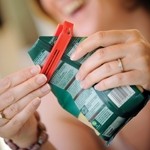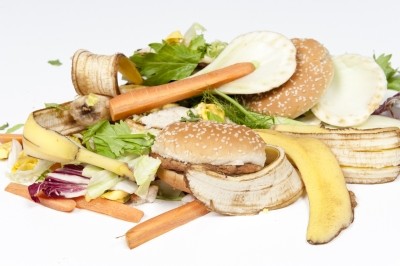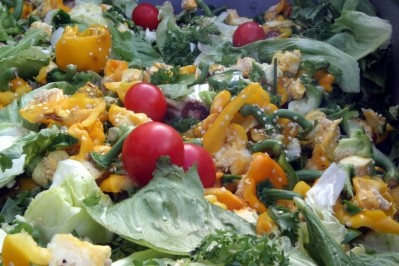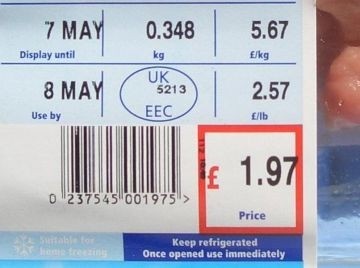Fight against food waste gets political

FFL evolved as an extension of the Waste & Resources Action Programme’s (WRAP’s) Love Food Hate Waste campaign. Along with WRAP, other partners include the Industry Council for Packaging and the Environment (Incpen), the British Retail Consortium and the Food and Drink Federation. FFL aims to help local authorities and firms communicate the benefits of using packaging to store food. These efforts will be showcased at a London conference on February 5.
Community partnership manager at WRAP Emma Marsh underlined the estimated £5.6bn-worth of food and drink thrown away by UK households because it was ‘not used in time’. This amounted to just under half of all avoidable food waste, said WRAP.
Save money
“This includes large amounts of bread, milk and fresh potatoes,” she said. “Providing consumers with clear and consistent labelling on-pack, communicating the benefits of using this information, and providing improved packaging functionality will help consumers waste less food and save money.”
She cited more standardised date labelling and storage or freezing guidance as examples of ‘clear and consistent labelling’. Improved packaging could include reclosability or enhanced barrier materials, Marsh said.
She added: “Food and packaging organisations, including retailers, manufacturers and trade associations, can consider how they or their members can innovate with their packaging, or inform consumers about the innovations they are already making around food labelling and packaging.”
Critical to modern life
For its part, Incpen has long campaigned for greater recognition of packaging’s essential role in protecting and preserving food. “Supply chain companies need to do even more to explain that packaging is as critical to modern life as the water supply system, for example, and that towns and cities could not exist without it,” said director Jane Bickerstaffe.
While stressing the role packaging plays in ensuring the sustainability of food supply chains, Incpen has little time for some other interpretations of ‘sustainability’ in a packaging context. “The biggest barriers to making packaging even more resource-efficient are the misconceptions about packaging and the single-issue approach, such as favouring single-material recyclable packaging over multi-material packs, which often provide a longer shelf-life,” Bickerstaffe argued.

















